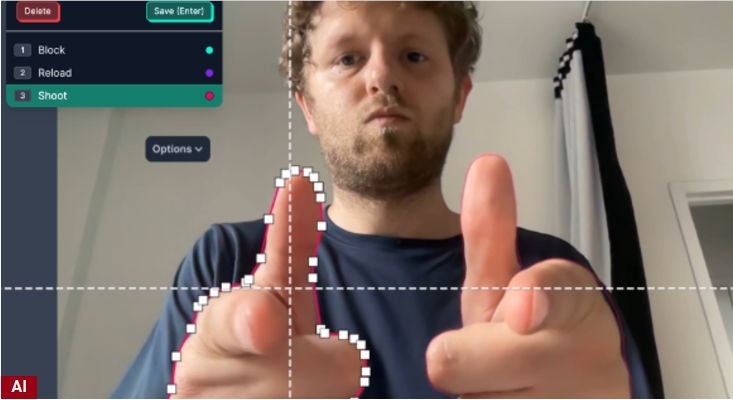RF-DETR is a cutting-edge, real-time object detection model developed by the Roboflow team and released as open-source. If you're frustrated with YOLO's speed or accuracy limitations, your search is over!
RF-DETR aims to be the king of real-time object detection, generously offered as open-source software. This means you can use it freely and even customize it to your needs.

Imagine your smart surveillance system acting like a seasoned detective, instantly identifying key objects in video streams with incredible speed. RF-DETR is that efficient "detective." It not only matches or surpasses previous real-time models in speed but also achieves a significant leap in accuracy.
According to official data, RF-DETR is the first real-time model to achieve over 60% mean Average Precision (mAP) on the COCO dataset. Given COCO's status as the "Olympics" of computer vision, this achievement speaks volumes about RF-DETR's capabilities!

Importantly, RF-DETR doesn't sacrifice speed for accuracy. It boasts incredibly low latency on GPUs, making real-time detection a practical reality. This is a game-changer for applications requiring rapid response, such as autonomous driving, industrial quality control, and smart security systems. Imagine the efficiency boost when your robot identifies and grabs objects with lightning speed!
CNN-based YOLO models have long dominated real-time object detection. However, technology advances. RF-DETR, a member of the DETR (Detection Transformer) family, utilizes a Transformer-based architecture. This architecture excels at global context modeling, leading to higher accuracy in complex scenes.
Unlike YOLO models, which require Non-Maximum Suppression (NMS) to filter bounding boxes, DETR eliminates this step, improving efficiency. Roboflow's evaluation considers NMS latency, using "total latency" for fair model comparison. RF-DETR demonstrates strong competitiveness in speed and accuracy, achieving strict Pareto optimality over YOLO models on the COCO dataset.
RF-DETR doesn't entirely discard CNN's strengths. Many excellent computer vision methods, including advanced DETR variants, cleverly combine CNNs and Transformers. RF-DETR achieves its superior performance and robust domain adaptability by combining LW-DETR with a pre-trained DINOv2 backbone network. This means RF-DETR performs well in various applications, from general object recognition to specialized fields like aerospace imagery, industrial settings, and natural landscapes.

Excitingly, RF-DETR is open-source! It's licensed under the Apache2.0 license, allowing developers to freely use, modify, and even integrate it into commercial projects without copyright concerns. Roboflow provides the model code and a helpful Colab Notebook guiding you through fine-tuning on custom datasets. Roboflow will offer even easier RF-DETR model training and deployment support in the future.
Roboflow offers RF-DETR-base (29 million parameters) and RF-DETR-large (128 million parameters) to suit various computational resources. Interestingly, RF-DETR supports multi-resolution training, allowing flexible resolution adjustments at runtime for optimal accuracy and latency balance.
Project:https://top.aibase.com/tool/rf-detr


